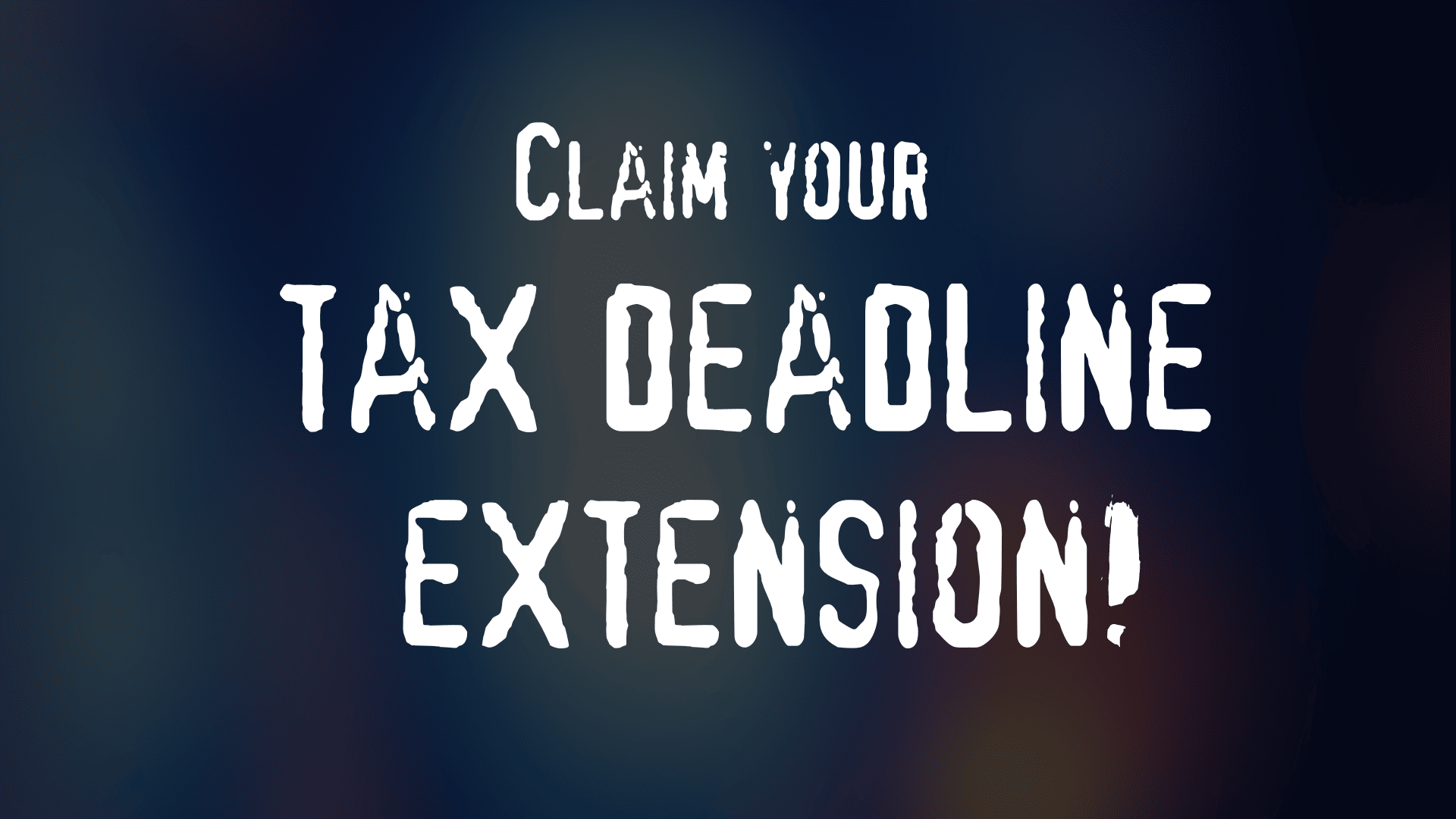When you’re transitioning from being an employee to becoming self-employed, paying the right amount of tax at the right time is a major concern. As an employee, it’s all calculated and paid for you. As a self-employed freelancer, sole trader, entrepreneur or small business owner, you have to do the tax figuring and paying for yourself.
Of all the taxes that apply to self-employment, provisional tax can be the most confusing. At Afirmo we’ve heard all the questions about provisional tax. Fortunately, we also know all the answers. Now we’ve brought the most common questions together in this FAQ guide to assist you in getting the hang of New Zealand’s provisional tax system.
What is provisional tax?
Provisional tax is income tax for self-employed people and companies. But instead of paying it every time you get a chunk of income, it’s usually paid in three installments over the year. Payments are due on 28 August, 15 January and 7 May.
Do I have to pay provisional tax?
When you first start out working for yourself you won’t need to pay provisional tax. However, you must complete a tax return at the end of your first financial year (usually this ends 31 March). If it turns out you owe more than $5,000 in tax at the end of your first full financial year, then you will need to pay provisional tax the following year.
How do I pay tax if I’m not over the $5k threshold?
If it turns out you don’t owe more than $5k in tax at the end of a full financial year, you can keep preparing an annual return after 31 March each year and pay the tax owing in one chunk. But if business improves and you go over the $5k threshold in any tax year, then it’s provisional tax time for you.
Should I save up for provisional tax?
When you’re in business-start-up phase it’s important to plan ahead for when provisional tax will begin, because there’s going to be a bit of a double-whammy. Here’s how it can go:
- Your first year’s tax return for the year ending 31 March must be filed by 7 July and tax payment will be due on 7 February of the following year (7 April if you use a tax agent).
- If that tax payment is over $5k, you’ll have to pay your first installment of provisional tax on 28 August, the second on 15 January and the third on 7 May. So if you’re using a tax agent, there’ll be tax to pay on 7 April for your entire first year and your third provisional tax instalment just a month later on 7 May.
Let’s put all the deadlines together in a timeline:
- 31 March – End of first financial year
- 7 July – File tax return for first financial year and it shows more than $5k is due
- 28 August – Pay first instalment of provisional tax (for second financial year)
- 15 January – Pay second instalment of provisional tax
- 31 March – End of second financial year
- 7 April – Pay tax owing on entire first financial year if you use a tax agent
- 7 May – Pay third instalment of provisional tax
- 7 July – File end of year tax return for second year showing actual income and therefore any tax still owing or refund due (see below: What if I get my tax wrong?)
To be prepared, it’s best to put some money aside. Alternatively, you can choose to make voluntary payments of tax during your first year of business to avoid the pain when provisional tax kicks in. You might even get an early payment discount.
How is my provisional tax calculated?
The default method for calculating provisional tax is the standard method. It’s what you get if you don’t request one of the other three methods (explained in the next question). Here’s how the standard method works:
- Inland Revenue looks at your previous year’s RIT (residual income tax – the amount of income tax you need to pay for the year, less any PAYE and other tax credits) and they add 5%.
- The total is divided into three equal installments. If you’re filing six-monthly GST returns, then it will be divided into two equal installments.
What are the other ways to calculate provisional tax?
There are a number of ways to calculate your Tax. Any of these might be advantageous. Here’s an explanation of each:
ESTIMATION OPTION
If you’re reasonably sure your income will decrease in the next tax year, you might want to go with the estimation option. It means your provisional tax payments, less any tax credits you’re entitled to, will be based on your estimated taxable income for the next year.
AIM METHOD
AIM stands for Accounting Income Method. It means you only pay provisional tax when your business makes a profit. Using AIM could be an option if one of these situations applies to you:
- Your business is new and growing fast
- Your income has taken a hit since last year and is hard to estimate
- Your income has big ups and downs during the year
- It’s generally difficult to forecast your income accurately
- You use accounting software or plan to start using it
RATIO OPTION
This option lets you match your provisional tax payments to your business cash flow, so it could be a good choice if your income is seasonal, or has big highs and lows during the tax year. There are a few criteria that apply to this option:
- You’ve been in business and registered for GST for all of the previous tax year, plus part of the tax year before that
- Your RIT (residual income tax) for the previous tax year is more than $5k, but not more than $150k
- Your GST returns are filed monthly or two-monthly
- Your business is not a partnership
Important: You must let Inland Revenue know before the start of the tax year if you want to use the ratio option.
What if I get my provisional tax wrong?
Getting provisional tax wrong means you’re not paying enough or paying too much. Either way, Inland Revenue makes it easy to get things sorted. Here’s how things roll out every year:
- After 31 March (end of financial year), you need to file an end-of-year tax return with Inland Revenue by 7 July. This return will reveal whether you paid too much or not enough provisional tax.
- If you owe Inland Revenue some money, it’s called ‘terminal tax’ and is due on 7 February of the following year or 7 April if you have a tax agent. If you owe more than $100 and wait until either of those dates, you’ll have to pay use-of-money (UOM) interest to Inland Revenue for the underpayment. You can minimise UOM interest by paying your terminal tax as quickly as possible, i.e. not waiting for the due date.
- If Inland Revenue owes you some money, more than $100, you can have it as a tax credit or a refund. You will receive UOM interest from Inland Revenue.
Do I need an accountant to get my provisional tax right?
When you’re starting out in business, expenses can really mount up and having an accountant adds to the pile. Rather than finding your own number cruncher, consider working with an online service like Afirmo.
Here are the benefits of getting Afirmo to take care of taxes for your business:
- Less chance of over or underpayment of provisional tax
- No worries about missing an important date, like a tax return filing date or prov tax payment date
- A clear view of your tax payments coming up, so you can budget for them
- Much lower fees than you’d pay an accountant – also, Afirmo costs are tax deductible!




